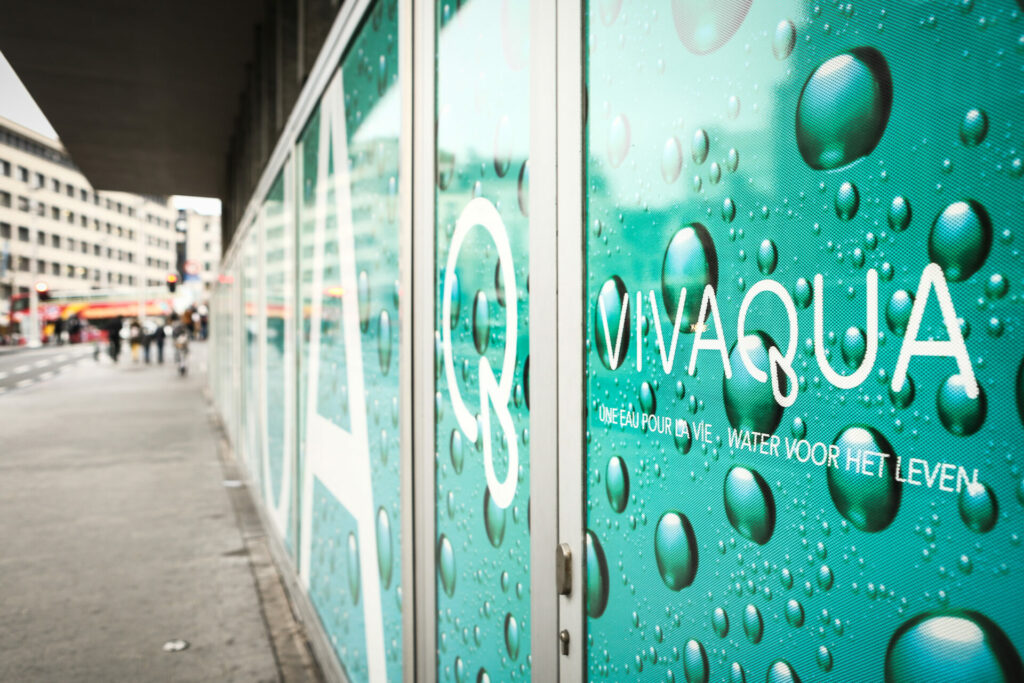A recent analysis by Brussels water company Vivaqua reveals significant levels of trifluoroacetic acid (TFA) in the city’s drinking water, according to reports by RTBF and BRUZZ.
TFA, a member of the PFAS family, is a non-degradable chemical compound known for its potential environmental impact. It is colourless with a pungent odour. Vivaqua has been investigating the presence of this ‘forever chemical’ in six water reservoirs across the Brussels region since 2021.
The European threshold for all PFAS compounds is set at 500 nanograms per litre, a standard that will be enforced in Brussels from January 2026.
According to RTBF and BRUZZ, only eight out of 287 measurements by Vivaqua detected less than 500 nanograms per litre of TFA. The remaining 97 percent exceeded this future limit, with 170 measurements showing concentrations above 1,000 nanograms per litre.
The highest levels were recorded at Daussoulx-Bosvoorde (1,900 ng/l), Rode (1,800 ng/l), and Callois (1,700 ng/l) reservoirs.

Vivaqua water distribution network map, including reservoirs.
Currently, the Brussels-Capital Region has not set a specific threshold for TFA, only the general limit of 500 nanograms per litre for all PFAS substances.
The future Brussels Region Government will need to establish a specific threshold for TFA. If the 500 nanograms per litre limit is applied to TFA, RTBF and BRUZZ report that Vivaqua will face significant financial investments to filter the chemical from Brussels’ drinking water.
This filtering could only be achieved through reverse osmosis, a process that uses pressure to demineralise water through a membrane. Reverse osmosis can filter out up to 99% of dissolved particles but is currently a very costly technique.

